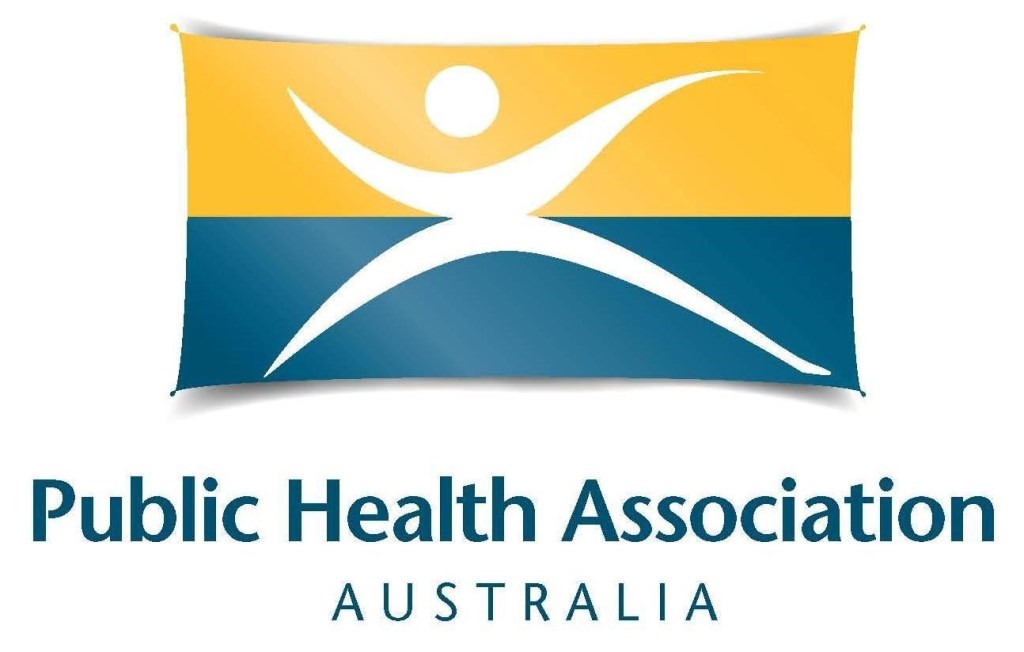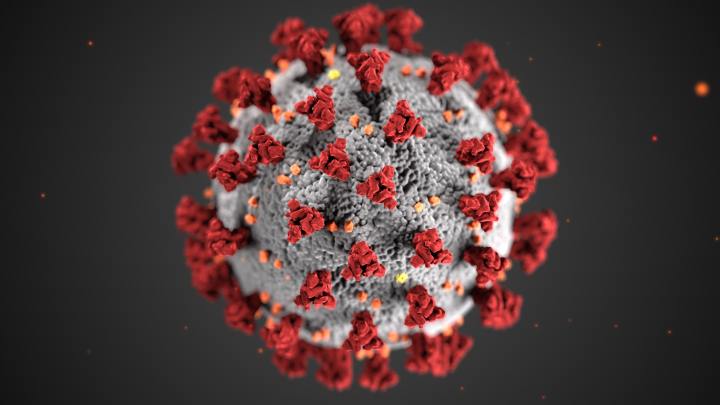Priscilla Robinson
View the latest spreadsheet data
It is interesting sending a few weeks away from looking at these international data. Since I have been able to access them again it is notable that not a lot has changed, but where it has it is really noticeable.
Firstly, the effect of the respectable immunisation coverage in the northern hemisphere seems to be beginning to show, with the increases in cases and fatalities being lower than in the previous weeks. The increases in cases and fatalities in Africa, South East Asia (SEARO) and the Western Pacific, with generally very little in the way of vaccine distribution so far, is reflected in the average increases (see Snapshot sheet for these data).
Overall, the global fatality rate continues to fall, and is now down to 2.09%, much lower than the 5.42% of almost a year ago. As previously mentioned, this is probably due to a range of reasons, from better case detection and reporting of asymptomatic people, to better treatment options for some people, earlier hospitalisations, and the most vulnerable people becoming sick first –outbreaks in aged care facilities for example will always have a high mortality rate.
Looking at SEARO – in particular, Cambodia has doubled its cases and fatalities in the past three weeks. Fiji has also doubled its case numbers, and Laos has had a more than four-fold increase in cases (and its first fatality).
This week the world is concerned about India (attack rate 1,666/100,000), so bear a thought for the disaster which was the USA before the election, where the attack rate was about six times that; and whilst the number of new cases has fallen dramatically, it’s now at 9787/100,000. So even if India’s cases are dramatically underreported – which is entirely probable – bear a thought for how much worse off the USA was before Christmas 2020. Nepal (1,385/100,000) is developing a problem too, although the numbers are much smaller (and therefore less visible from an international perspective).
Information about immunisation continues to be of interest. Somehow Israel seems to have un-immunised some people as the proportion of partially immunised people has fallen, although it is possible that they now include some of the residents of occupied territories whom have not had much access to vaccines to date – who knows, difficult to tell. Otherwise, the lack of action on SEARO is clearly holding things up, and making the local outbreaks hard to control.
As the GAVI headline says (about the vaccines)
‘…no one is safe until everyone is safe.’
PS First Dog has had his first shot
About Dr Priscilla Robinson and The CODE Update
Dr Robinson is a public health epidemiologist with particular interests in international health and communicable diseases, and public health competencies. She has worked in health departments in England and Australia, has managed public health teaching programmes, and taught and researched many aspects of public health epidemiology and policy in many countries. She is an adjunct Associate Professor at LaTrobe University, and to stop herself being bored is an editor of PHAA’s journal ANZJPH, and holds board positions (almost all unpaid) on various NGOs, journals, and at her local hospital. Otherwise, 10 acres of untamed bushland on a hill in South Gippsland makes weight-bearing gym exercise and strength training a bit redundant.
The CODE Update is a new regular feature on the Intouch blog to keep readers informed of COVID-19 developments around the world.
The CODE update originally began at the start of the SARS CoV-2 pandemic as a way of explaining it to Priscilla’s friends and family who happen to live all over the world, and who were being bombarded with information and misinformation in their own countries. The CODE Update provides links to practical materials and papers written for people who are not versed in the language of outbreaks and epidemic curves. It is sent out every week, and includes a short commentary to provide context to the numbers included in the spreadsheets.
Note: Whilst every attempt is made to transcribe all data faithfully, every now and again mistakes are made and not noticed until the next update. Also, on occasion numbers are revised after posting at the source databases.
We hope you will find these updates to be a helpful tool, and the links to current information useful.


Leave a Reply